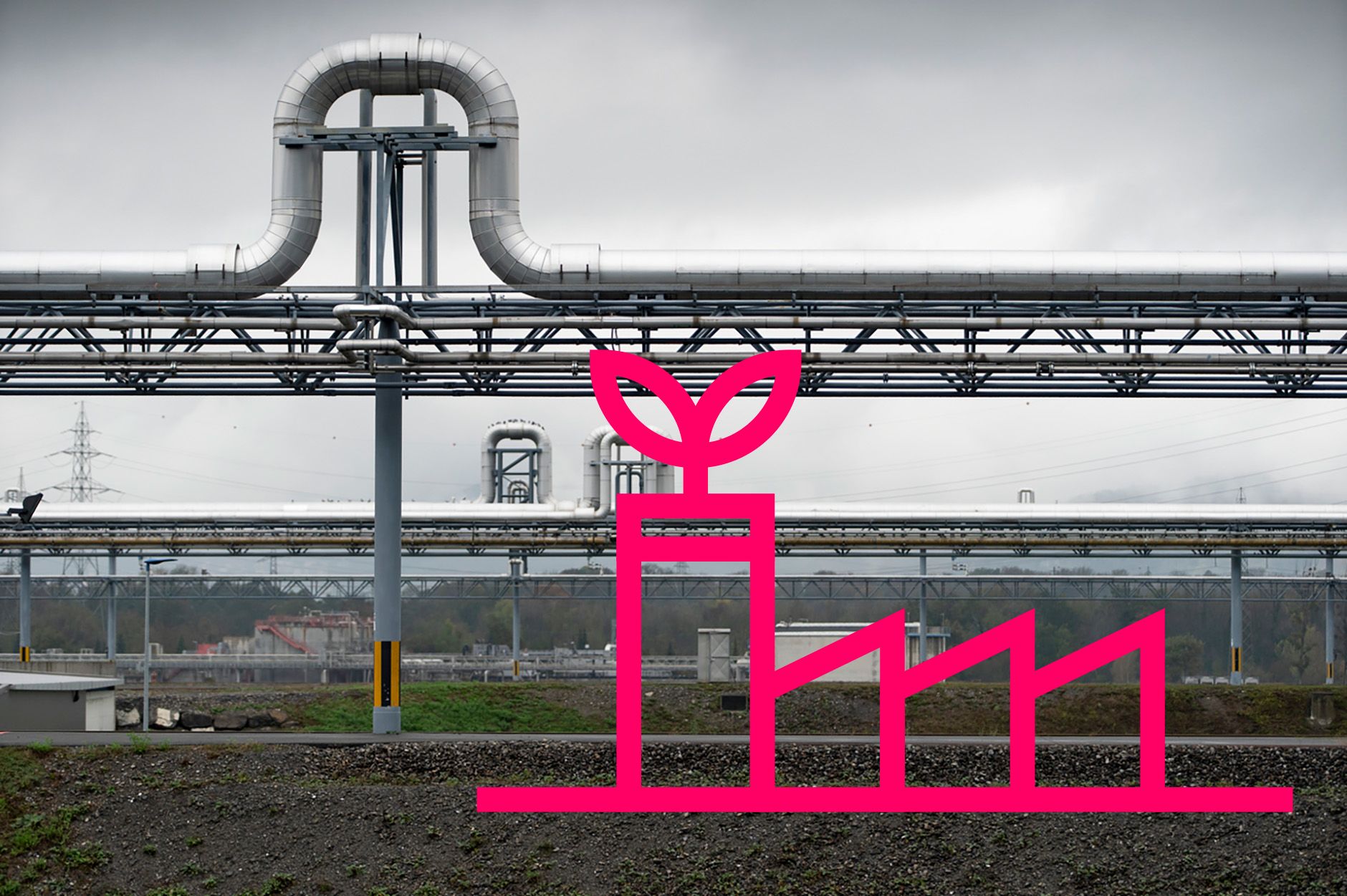Leading the conversation on sustainable operations
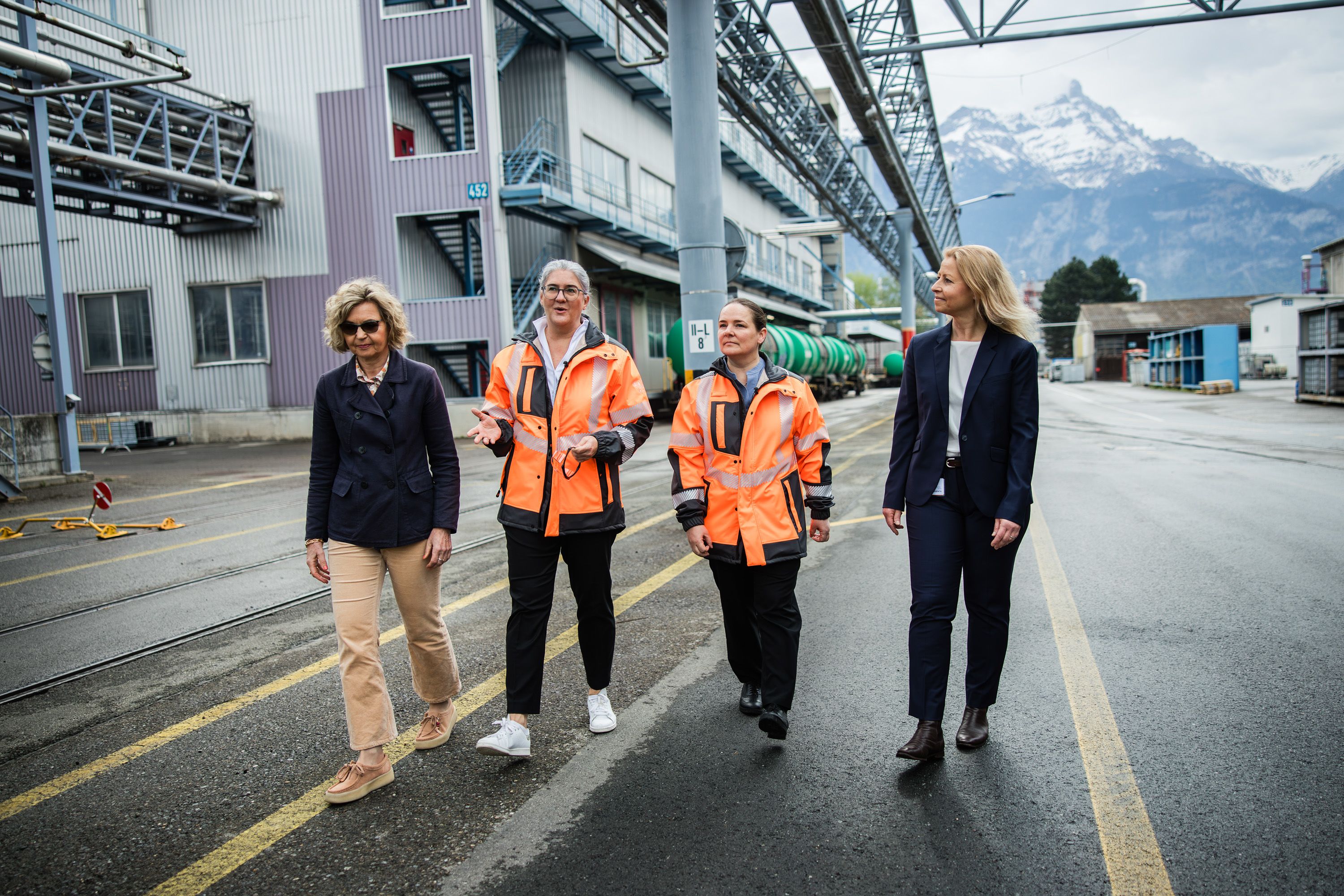
Nestled beneath snow-capped mountains, with stunning natural vistas, Syngenta Group’s production site at Monthey, in the Valais Canton in Switzerland, is perhaps the best place to start a conversation on sustainable operations.
Sustainability has been embedded at Monthey since it began life as a sugar factory some 125 years ago, utilising hydroelectric power from the La Vieze river. Today, the river’s water powers a third of the plant’s electrical energy needs.
Syngenta Group takes its responsibility to manage the social and environmental impact of its operations seriously. Sustainable operations represent more than just a set of practices; they embody a journey toward a more resilient relationship with our environment.
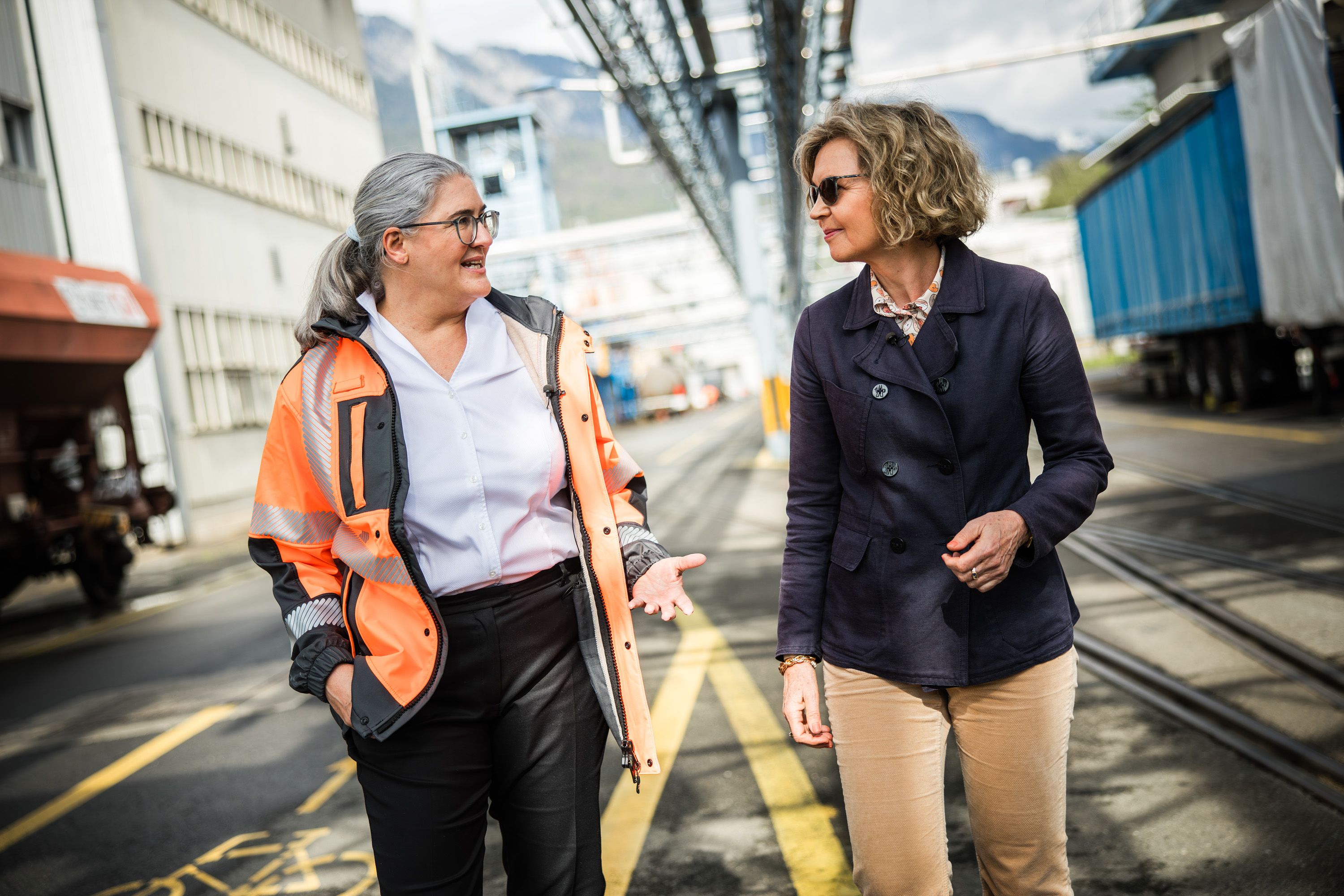
‘Walking the talk’ on this key issue are Alexandra Brand, Executive Vice President Sustainability and Corporate Affairs, and Petra Laux, Group Chief Sustainability Officer and Head CP Sustainability and Corporate Affairs, two leaders who are driving Syngenta’s sustainability strategies forward with pace and passion and who are proactively holding the company to account in meeting its ambitious targets.
Brand says: “It is important for us to look for ways to cut the carbon emission in operations, and we are seeing results.”
Laux adds: “We are pleased to play an industry-leading role in this area globally and to bring our commitment to life as a team.”
The company recently launched its Sustainability Priorities. Four key areas where it says it can make a meaningful difference while capitalizing on opportunities, putting sustainability at the core of the business.
Priority 4 is a focus on Sustainable Operations. As we know, industrial production is a significant contributor to global emissions, so agriculture needs to shift towards decarbonization. But what does this look like in reality and what are the targets?
Encouragingly, Syngenta Crop Protection and Seeds business units have already reduced Scope 1 (emissions from its own operations) and Scope 2 (emissions from energy purchases) emissions by 33% versus a 2016 baseline, achieved in part through the implementation of its Global Renewable Energy strategy.
And this is just the beginning, the company is ramping up its efforts, building on the momentum from this success - the global target by 2030 is a reduction of 38%.
Priority 4 SUSTAINABLE OPERATIONS: Reduce the environmental impact of our operations and supply chain, strengthen our diverse and inclusive culture and ensure the health and safety of our people
Priority 4 SUSTAINABLE OPERATIONS: Reduce the environmental impact of our operations and supply chain, strengthen our diverse and inclusive culture and ensure the health and safety of our people
Accelerating results
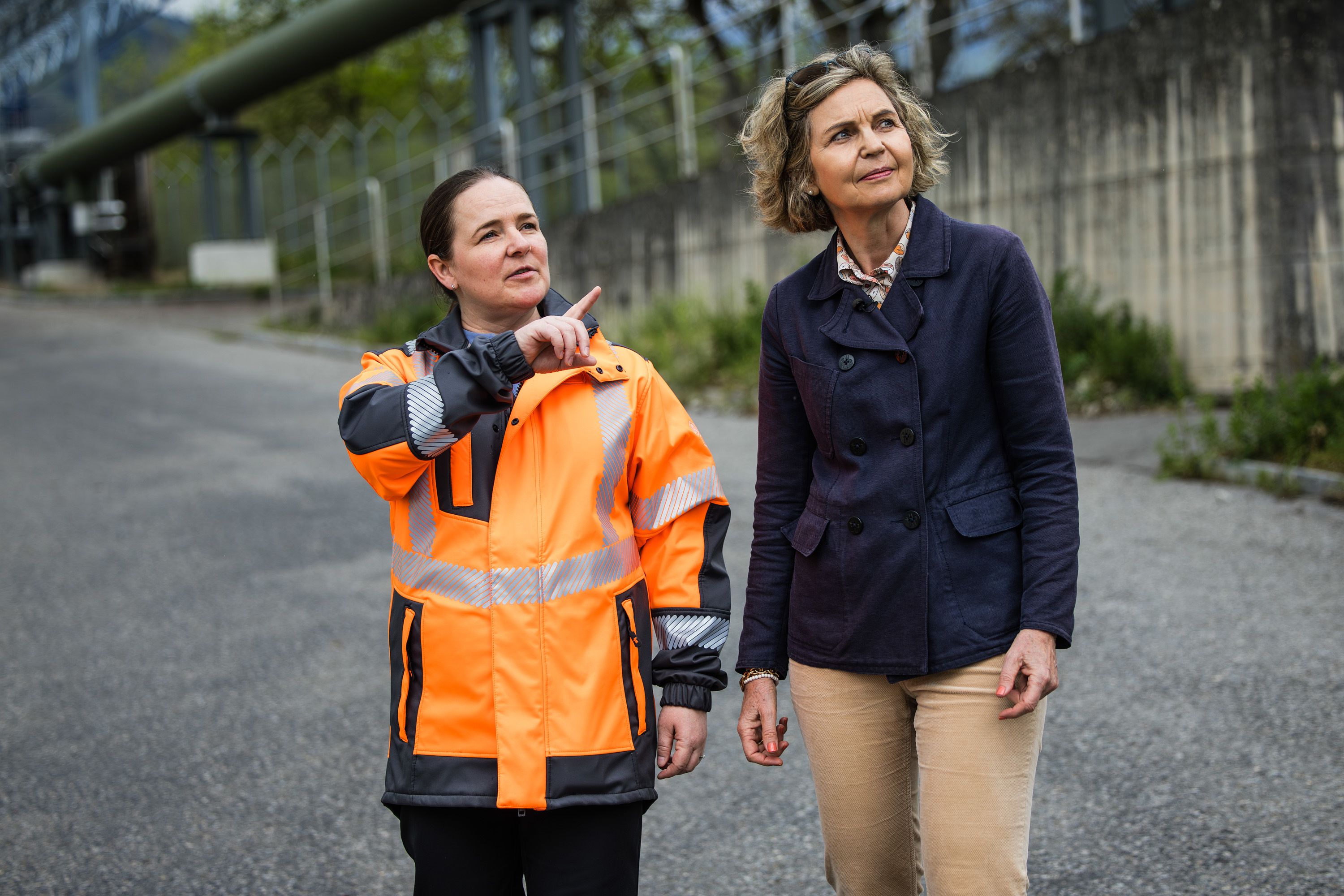
Accelerating the reduction of emissions and implementing incremental improvements, as well as change at scale, is important for Syngenta Group and it is no mean feat coordinating impactful strategies that need to connect through a business that spans 100 countries.
A dedicated team has been created to develop innovative solutions for sustainable operations, looking at areas such as renewable energy sourcing, energy conservation, operational efficiency, and direct emission reduction.
This is exemplified at Monthey where, for example, the Ecotube project rethinks how steam production can be made more sustainable, repurposing a key ingredient, heat, from a nearby waste site and using it to power steam generation. More than half of the steam required is provided by Ecotube.
Rachel Stenson Bugnon, Global Head of Crop Protection Sourcing, says: “This is just one piece of the puzzle. The site has a very long track record of driving actions to improve our processes, consume less energy and reduce waste.”
Anja Pires, Head Crop Protection Sustainable Operations, highlights some other practical ways the Monthey site is reducing its carbon footprint. “Stratopair is our central vent incineration unit which helps us reduce the amount of fuel required to incinerate the gases by 50%,” she says.
Stenson Bugnon adds: “What you see here in Monthey is an example of what we do around the world.”
Partnering and collaboration
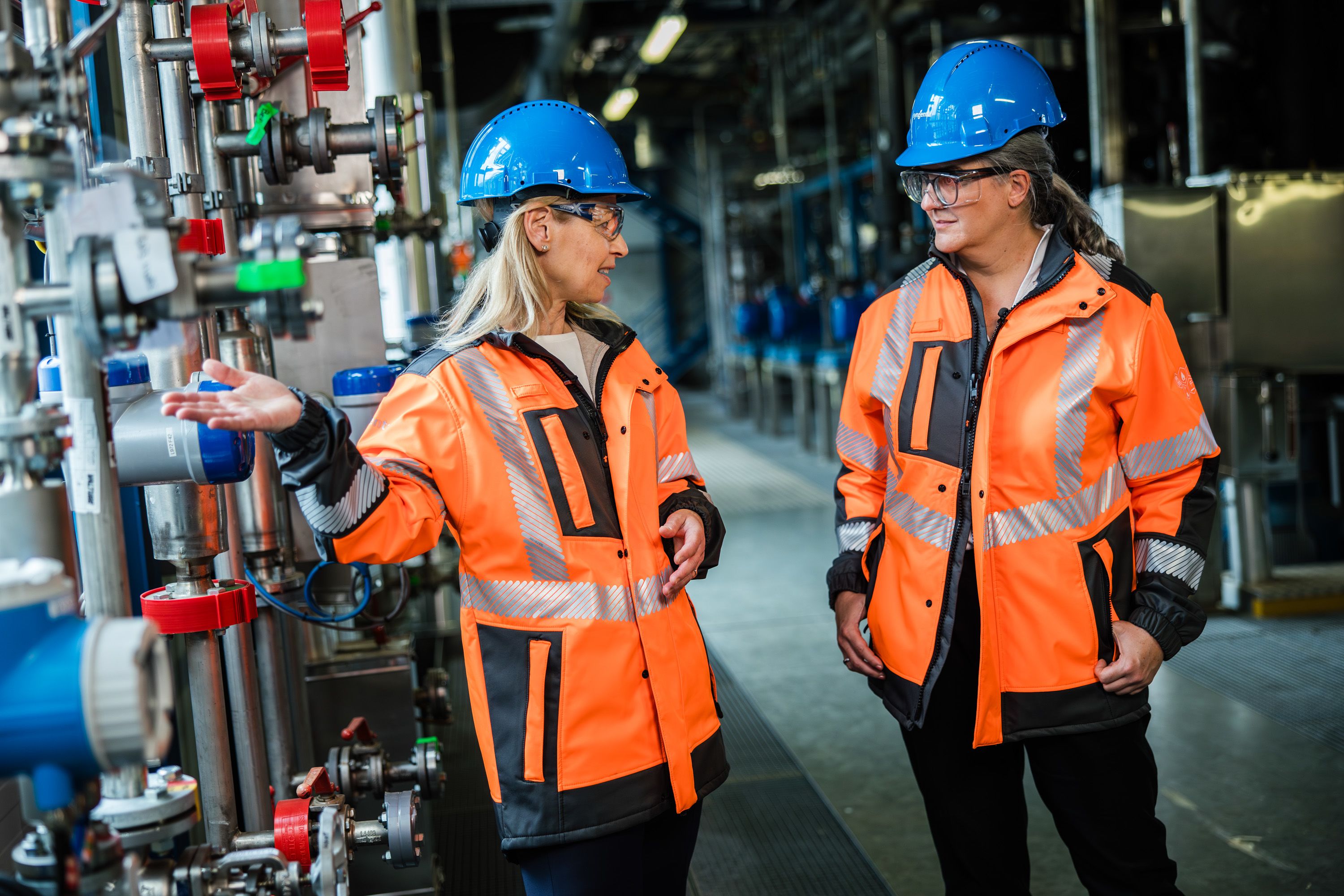
The road for achieving sustainability cannot be walked alone. Syngenta Group works in close collaboration with its partners and suppliers to better understand their emissions and to identify and implement carbon reduction opportunities in its supply chains.
The company also actively participates in cross-sector initiatives to move towards a more sustainable future together.
Pires says: “Decarbonization cannot be achieved in isolation. We are working closely with the partners network onsite for solutions.”
As an example, one small unassuming pipe at Monthey makes a big impact. It takes in used methanol required for processes as a solvent. Instead of buying new methanol, the team recycles it. Around 800,000 liters of methanol flows through the pipe, saving 400 tons of CO2e from the process – the equivalent of taking 100 cars off the road.
Global efforts
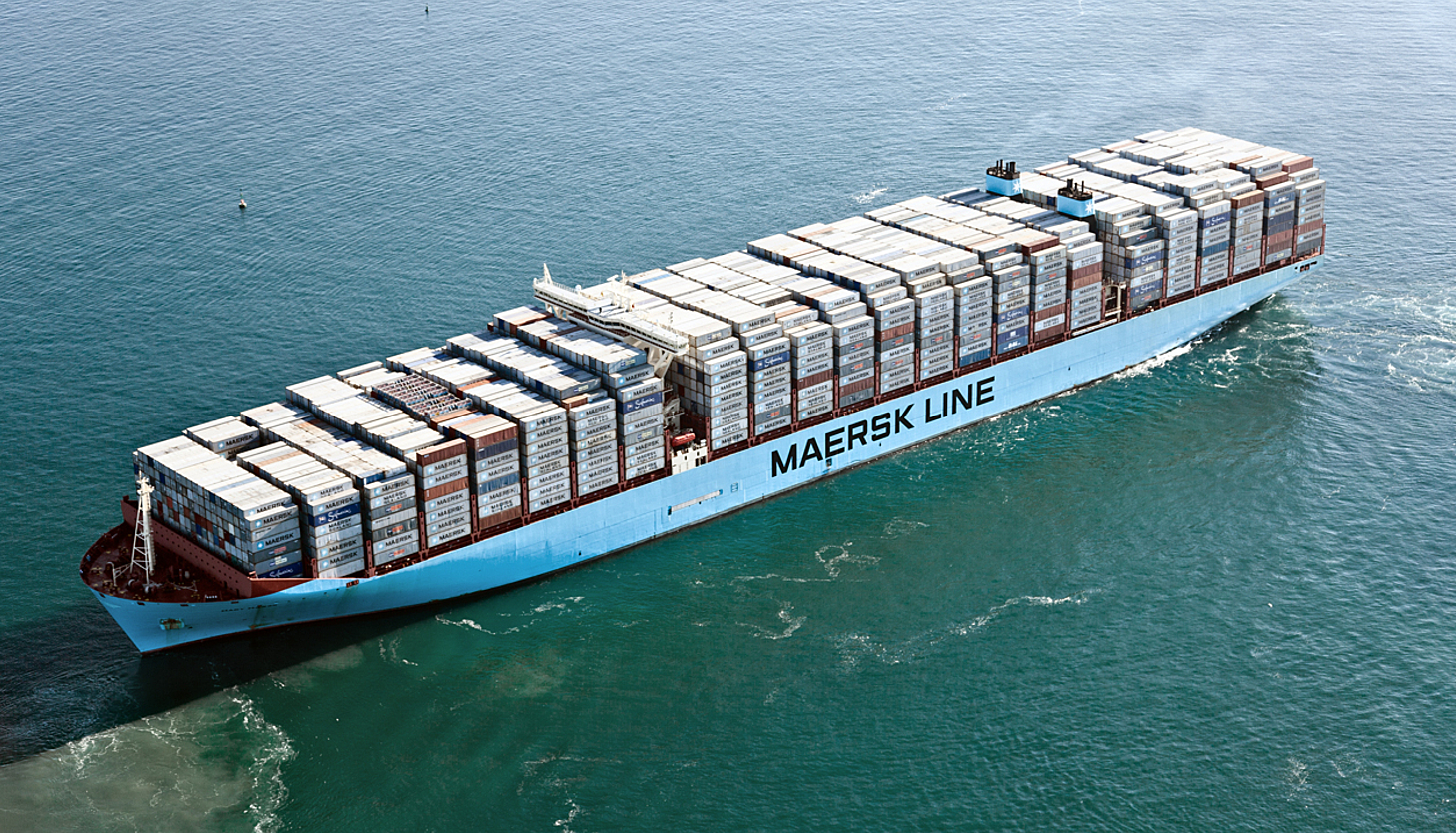
Of course, as Stenson Bugnon says, it is not just at Monthey where sustainable operations are being transformed. Across the world, Syngenta sites are being recognized for their decarbonization efforts.
The US manufacturing facility in St. Gabriel, Louisiana, has been named a top green power user by the Environmental Protection Agency. Syngenta is the only company in the agricultural industry to be recognized on the agency’s list of top 100 users from the Green Power Partnership.
Renewable energy sources power the entirety of the company’s R&D and manufacturing sites for its crop protection and seeds businesses in Brazil.
In China, the Beijing Green Exchange, a platform for the country’s carbon emission trading, awarded the Kunshan manufacturing site for fully offsetting the emissions generated from its operations, making the site Syngenta Group China’s first carbon-neutral facility.
And most recently, it was announced that Syngenta Crop Protection will reduce its impact from its logistics operations by using Maersk’s ECO Delivery solution for its ocean shipments. This will see containers transported using biofuel for a Europe-US shipping route in 2024.
“I am proud of the commitment of the whole team,” says Laux.
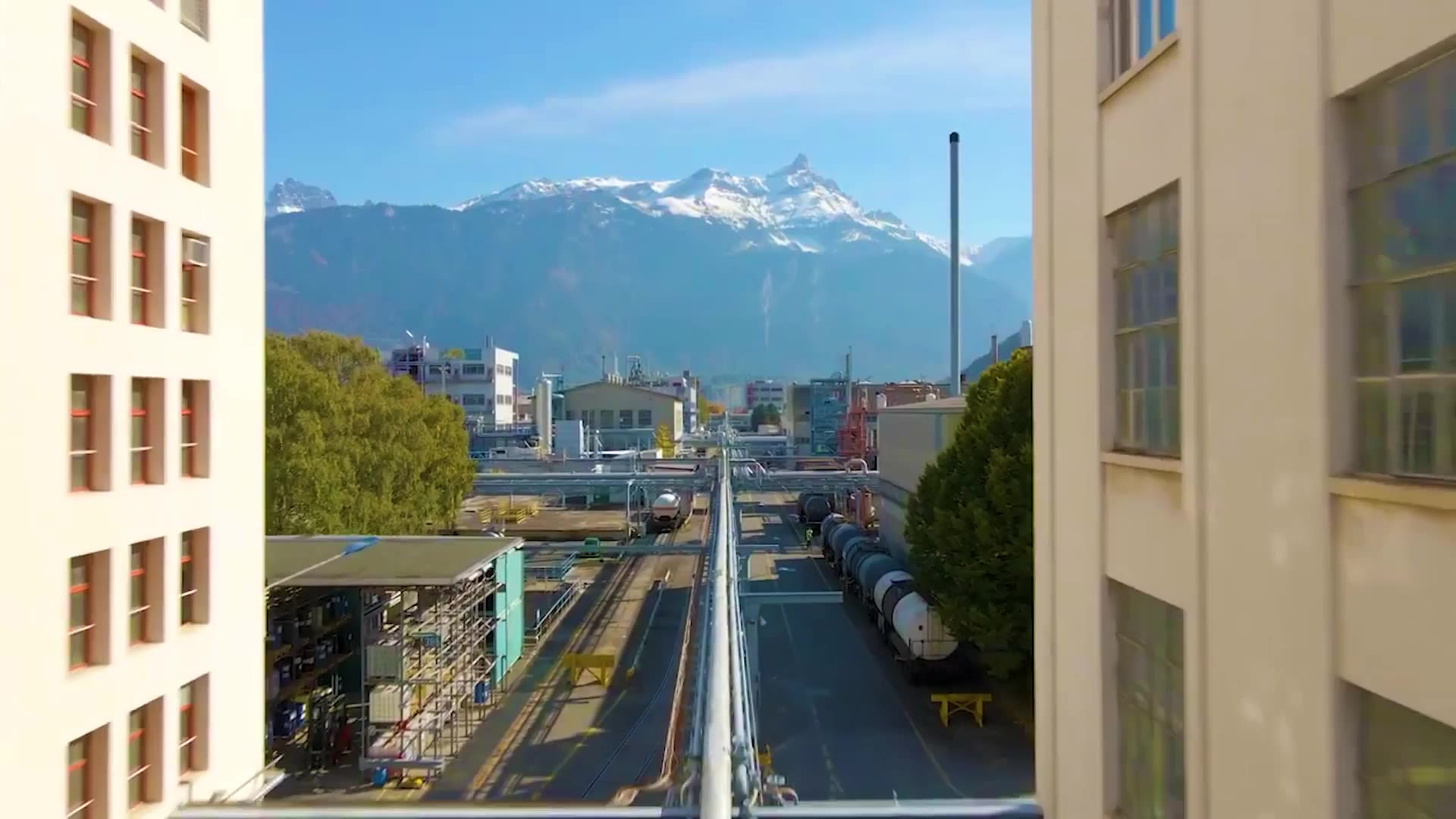
Embracing sustainability is an ongoing commitment. The company has set some ambitious targets and needs to do more. The journey to sustainability calls for continuous learning, innovation, and a proactive approach to overcoming obstacles.
Although this journey may take some time, with passionate leadership, motivated teams and innovation in action, the progress together will continue to ensure a more sustainable future.


